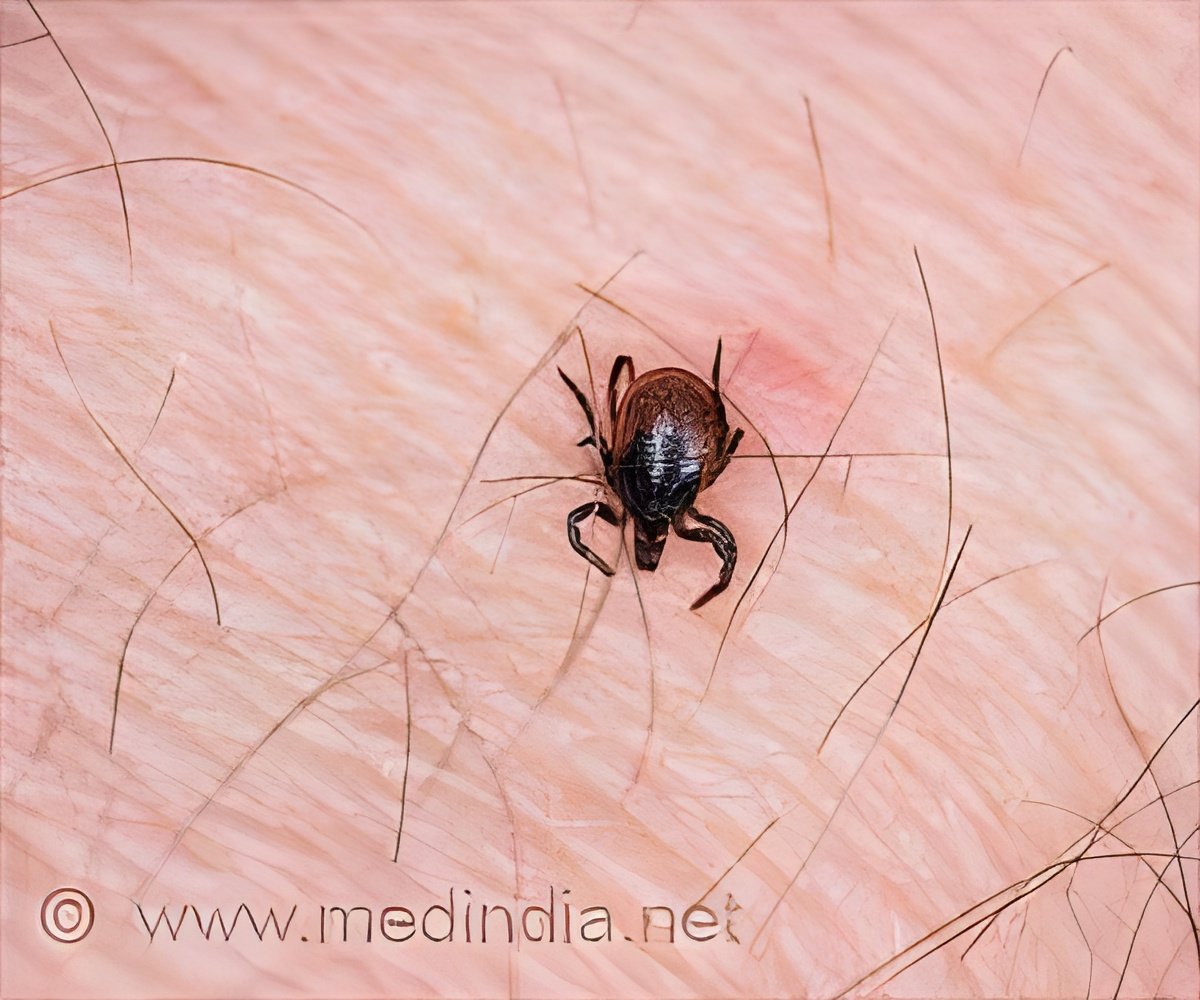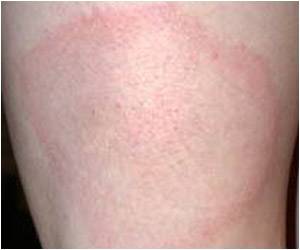A genetic analysis of Lyme disease bacteria may enhance diagnosis and treatment by identifying specific strains, enabling more accurate and personalized care.

Natural selection and recombination at host-interacting lipoprotein loci drive genome diversification of Lyme disease and related bacteria
Go to source). By pinpointing the specific bacteria causing infections in individual patients, researchers can develop tailored diagnostic tests and treatments. This comprehensive genetic analysis marks a significant step forward in combating Lyme disease.
‘Scientists have mapped the DNA of 47 #Lyme bacteria strains, paving the way for personalized diagnosis & treatment. #tickborne’





"This comprehensive, high-quality sequencing investigation of Lyme disease and related bacteria provides the foundation to propel the field forward,” said Steven Schutzer, a Rutgers New Jersey Medical School professor and coauthor of the study published in mBio. “Every modern research project — from clinical to public health to ecology and evolution to bacterial physiology to medical-tool development to host-bacteria interaction — will benefit from this work." Researchers said the genetic information uncovered in this study — which explains how the bacteria evolves and spreads and the genes are essential for survival — may help scientists develop more effective vaccines against Lyme disease.
Lyme Disease: New Insights
Lyme disease is the most common tick-borne illness in North America and Europe, affecting hundreds of thousands of people a year. The disease arises from bacteria belonging to the Borrelia burgdorferi sensu lato group, which infect humans through the bite of infected ticks. Symptoms can include fever, headache, fatigue and a characteristic skin rash. If left untreated, the infection can spread to joints, the heart and the nervous system, causing more severe complications.Case numbers are increasing steadily, with 476,000 new cases each year in the US, and may grow faster with climate change, the study authors said.
The research team sequenced the complete genomes of Lyme disease bacteria representing all 23 known species in the group. Most of these hadn’t been sequenced before this effort. The National Institutes of Health-funded project included multiple strains of the bacteria most commonly associated with human infections and species not previously known to cause disease in humans.
Advertisement
Lyme Bacteria: Masters of Adaptation
The study also revealed how these bacteria exchange genetic material within and between species. This process, known as recombination, allows the bacteria to evolve rapidly and adapt to new environments. The researchers identified specific hot spots in the bacterial genomes where this genetic exchange occurs most frequently, often involving genes that help the bacteria interact with their tick vectors and animal hosts.Advertisement
To facilitate ongoing research, the team has developed web-based software tools (BorreliaBase.org) that allow scientists to compare Borrelia genomes and identify determinants of its ability to infect humans.
Looking ahead, the researchers plan to analyze more strains of Lyme disease bacteria, particularly from understudied regions. They also aim to investigate the functions of genes unique to disease-causing strains, which could reveal new targets for therapeutic interventions.
As factors such as climate change help Lyme disease expand its geographic range, this research provides valuable tools and insights for combating this rising public health threat.
“This is a seminal study, a body of work that provides researchers with data and tools going forward to better tailor treatment against all causes of Lyme disease and provides a framework toward similar approaches against other infectious diseases caused by pathogens,” said Benjamin Luft, the Edmund D. Pellegrino Professor of Medicine at the Renaissance School of Medicine at Stony Brook University.
Reference:
- Natural selection and recombination at host-interacting lipoprotein loci drive genome diversification of Lyme disease and related bacteria - (https://journals.asm.org/doi/10.1128/mbio.01749-24)
Source-Eurekalert








